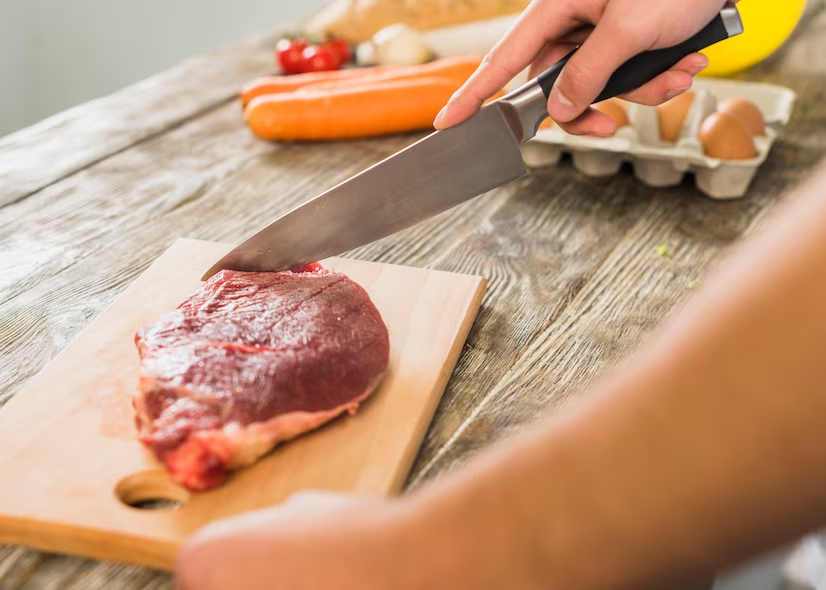Scoring food is an underappreciated culinary technique that not only elevates the aesthetic appeal of your dishes but also enriches the overall flavor and texture.
The Basics of Scoring
Scoring refers to making shallow cuts on the surface of the food before cooking. It can be done on a variety of foods such as meats, fish, bread, and fruits. The key is to make sure the incisions are shallow and not too deep.
| Scoring Tool | Suitable For |
|---|---|
| Sharp knife | Meats, fish, vegetables |
| Bread lame | Bread dough |
| Peeler | Citrus fruits for cocktails |
- Do not cut too deep – just enough to penetrate the skin or crust;
- Be consistent with the distance between the cuts;
- The angle and direction of the cuts can vary depending on the visual effect you want to achieve.
Benefits of Scoring
- Better Absorption of Marinades: Scoring allows marinades and spices to penetrate deeper, infusing more flavours;
- Even Cooking: Scoring can help to cook thick cuts of meat or large pieces of vegetables more evenly;
- Improved Texture: For bread, scoring controls the direction in which the dough expands during baking, creating a beautiful crust;
- Enhanced Presentation: Scoring adds a visual element to your food, making it more appealing to the eye.
Technique Tips
- Scoring Meat or Fish: Use a sharp knife and create a diamond pattern, making sure to only cut through the skin and a bit of the surface fat. Apply your seasoning or marinade afterwards;
- Scoring Bread Dough:Use a bread lame or a very sharp knife and make slashes on the surface. This allows steam to escape and gives your bread an attractive crust;
- Scoring Fruits: Scoring fruits like citrus can be done with a simple peeler. This is commonly used in cocktails, allowing the oils in the fruit to infuse into the drink.
Conclusion
Scoring is a simple and effective technique that can significantly improve the flavour, texture, and presentation of your dishes. With a little practice, you can easily incorporate it into your regular cooking routine.
FAQ
Yes, you can score most types of meat, including beef, pork, chicken, and fish. However, it’s most effective on meats with a layer of fat or skin, such as duck breast or pork belly.
Not if done correctly. The key is to make shallow, even cuts that only penetrate the skin or outer layer of your food. Going too deep can cause your food to lose moisture and become dry.
No, scoring is not necessary for all types of bread. It is primarily used for breads that have a hard crust, such as baguettes and boules.
Scoring can sometimes reduce cooking time slightly, as it allows heat to penetrate more easily into the food. However, the effect is generally minor and should not significantly alter your cooking time.
